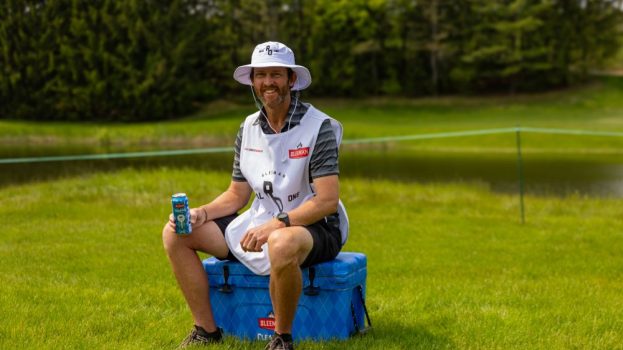
The BC Dairy Association has launched its first program targeting South Asian and Chinese audiences in the province, and it’s enlisted some influencers to help it do so.
Research from Ethnicity Matters uncovered consumption habits and attitudes towards milk and dairy for these communities within B.C., which the agency then benchmarked against research from other countries globally, says Bobby Sahni, the shop’s partner and co-founder. Immigrants coming from those countries tend to bring consumption habits with them, but Jennifer Woron, director of marketing for the BC Dairy Association, says the global comparison unveiled a key insight and goal for the campaign.
“India and China are leaders in global dairy consumption, but when they come to Canada, especially when it comes to Chinese Canadians, their consumption drops off the longer they are here,” she says. “That was a key insight we wanted to build off of… we wanted to maintain their consumption as they gain more tenure in the country.”
The association is working with South Asian and Chinese influencers by having them post photos of themselves enjoying a glass of milk throughout their days. For example, professional wrestlers Sunil and Samir Singh – originally from Burnaby, British Columbia – have posted about how they “can’t start their day” without milk in their protein shakes, or before facing off in the ring together.
 Other influencers who are intended to reach South Asian communities include mommy bloggers Raj Thandhi, Husna Thompson and Christina Chandra, who are shown sharing a glass of milk with their families. Influencers targeting Chinese communities in the province include Vancouver Metropolitan Orchestra conductor Ken Hsieh, as well as radio and TV personalities Deborah Moore, Alice Lin and Ting Ting, who are shown drinking milk with their kids or taking a break during their day-to-day.
Other influencers who are intended to reach South Asian communities include mommy bloggers Raj Thandhi, Husna Thompson and Christina Chandra, who are shown sharing a glass of milk with their families. Influencers targeting Chinese communities in the province include Vancouver Metropolitan Orchestra conductor Ken Hsieh, as well as radio and TV personalities Deborah Moore, Alice Lin and Ting Ting, who are shown drinking milk with their kids or taking a break during their day-to-day.
Woron says this is the first major effort the industry association has done to target South Asian and Chinese communities in British Columbia. Chinese and South Asians are the largest segments – 32% and 45%, respectively – of visible minorities in B.C., and they account for 30% of the overall population across the province. The association is also dealing with competition from increasingly popular dairy alternatives in Canada, and a prevalence of lactose intolerance in people from some Asian countries, which some studies have put at over 90% of the Chinese population.
“We always have a more mass approach with our ad campaigns, so we knew that our campaigns were reaching those audiences,” Woron says. “But we wanted to do something that recognizes they are a growing audience and speak directly to them.”
 While multicultural campaigns are important in building specific connections with immigrant and ethnic communities in Canada, Sahni says it needs to be integrated with the broader message a brand puts into the market, as those audiences are picking up the same cultural cues and references as the rest of the market. The influencer campaign is running in addition to adaptations of the organization’s “Pour A Little Happiness” campaign in ethnic media and shopper marketing in Chinese and South Asian grocery stores.
While multicultural campaigns are important in building specific connections with immigrant and ethnic communities in Canada, Sahni says it needs to be integrated with the broader message a brand puts into the market, as those audiences are picking up the same cultural cues and references as the rest of the market. The influencer campaign is running in addition to adaptations of the organization’s “Pour A Little Happiness” campaign in ethnic media and shopper marketing in Chinese and South Asian grocery stores.
“We didn’t want to create silos, which is what a lot of marketers in Canada tend to do when they look at ethnic communities,” Sahni says. “Word of mouth is king in ethnic communities, no matter what category you are working in. With influencer marketing, we are able to take these individuals’ influence within their particular circles and amplify it with individuals that look like our audience and are relatable, but also ride the wave of the mass campaign by using the same message.”























